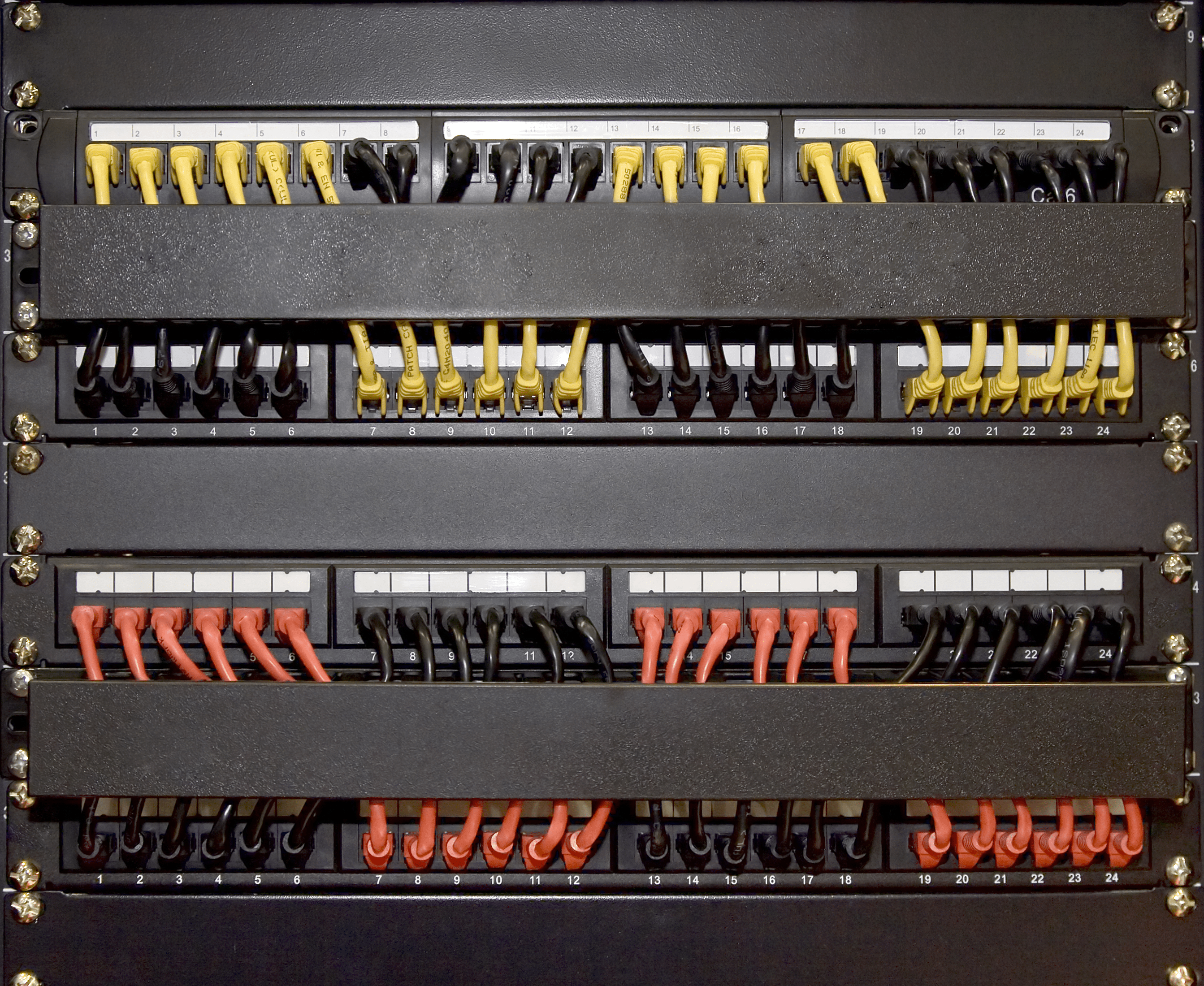Why You Need Rack Mount Patch Panels

A rackmount ethernet patch panel is essentially an array of ports from your networking system on one panel that can be mounted on or into a rack. Patch panels are a great cable management accessory designed to centralize telecommunications and data equipment. Patch panels link different devices. They can be found in a variety of settings, such as data centres, phone company central offices, and communications closets. Knowing what they do might help you decide whether your facility needs a patch panel and, if so, how to set one up. A patch panel's ports each connect to a distinct device that is located someplace in the building. To connect to another network, each panel bundles all the connections together. A LAN frequently connects to a WAN or the Internet in this way. Patch panels are also frequently utilised in buildings with several telephone lines where all phones are connected to a single mainline. What are the advantages of Rack Mount Patch Panels? Patch panels are an important piece of equipment in the data centre. Using a patch panel comes with many advantages that make it well worth the investment. Some of the most significant benefits of using patch panels include: Less Cable Clutter: Patch panels are frequently placed closer to the equipment itself. This enables the use of a shorter patch cable. From the panel, a fibre optic or other high-capacity connection runs to the next network or the internet. The next network or the internet can be reached from the panel via a fibre optic or other high-capacity link. Reduced Cable Cost – A patch panel enables you to use shorter cables, which are less expensive than longer ones. In most cases, you can reach the patch panel without pricey fibre optics by using low-cost cat-5 cables. In most cases, cat-5 cables rather than more expensive fibre optics can be used to connect to the patch panel. Simpler Maintenance - If you ever need to run a test cable, test a port, or carry out any other typical maintenance tasks, it will be much quicker and simpler to do so than if each device had a cable run to it. Affordable - Patch panels aren't regarded as "smart" devices because they only serve to facilitate the transfer of data. They are therefore quite affordable. Scalability - After setting up a patch panel, adding new devices is simple and doesn't require running new cables end-to-end. Patch panels come in a variety of sizes, from those with only a few ports to those with hundreds. The collection of ports can result in significant maintenance and future upgrade advantages. For instance, adding new devices is simple and doesn't need running new wires end-to-end. Additionally, since adding nodes reduces the length of each cable run, routine maintenance tasks like testing cables or ports can be completed faster. Some patch panels on the market have a labelling feature that makes it simpler and easier to document and operate on the cables. It's simple for things to get tangled up and messy when a patch panel has dozens or even hundreds of cables coming in and going out. Unorganized cables can make troubleshooting much more challenging and even cause outages if the incorrect cable is unplugged. This is why it's crucial to keep organisation in mind right away after plugging in the first cable. A person can do a lot of things to keep a patch panel organised, such as: Cable labelling: Each cable needs to have correct labels on both ends and, in many circumstances, in the middle. It will be simple for technicians to certify they are working on the correct lines if the cables have labels on them. Patch cable organisers - With the help of patch cable organisers, you may neatly and evenly run lines to each port, making it possible to see exactly where things are coming from and going. Colour-coded Cables - By using coloured cables, you can instantly determine what kind of cable is present in each location. Zip ties - To keep things looking tidy and organised, use zip ties to bundle cables that are headed to the same server rack or other location. Cable Management - Using our cable tidy at the rear of the cabinet will keep all the cables neat and tidy and make the install look we presented. The most crucial aspect of managing patch cables is developing a solid plan from the start. Spending a little more time planning a decent route for your cables will save you from having to later attempt to untangle hundreds of wires. If you have any questions, feel free to get in touch today! What are Rack Mount Patch Panels used for?
How to create a Patch Panel Cable Management System








 Quick Add
Quick Add